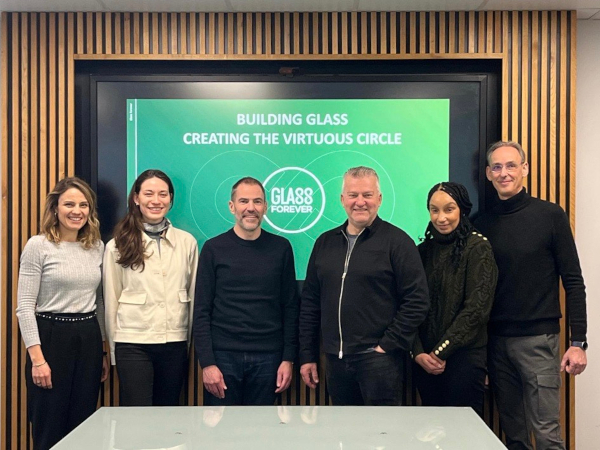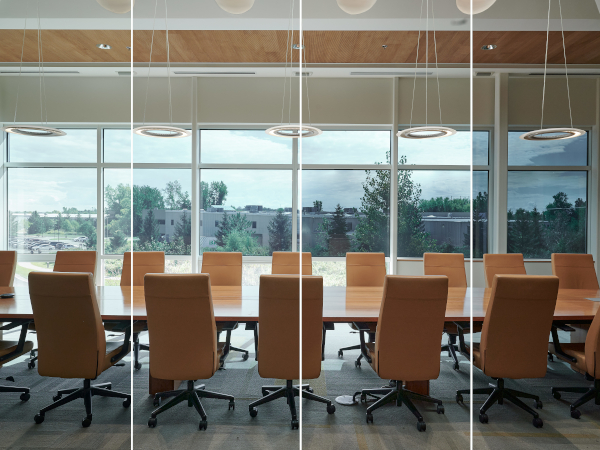Date: 18 April 2008
Designed by architects, Building Design Partnership, the new Saltire Centre at the Glasgow Caledonian University provides a multi-functional hub and single point of access for a full range of student services at the University. The flagship centre is focused on providing learning in a social environment, and features a 600-seat learning café, library and computer facilities, as well as group and individual study spaces.
With such a complex, multi-functional building, sound transference and acoustics were key considerations, especially for the main Atrium wall, which separates the busy Atrium and main concourse from adjacent library and study areas. In discussion with British Gypsum, GypWall AUDIO, a high performance metal twin frame wall, developed for acoustic separation in multi-screen cinemas, was chosen as the full height separating structure.
Based on a twin frame of 92mm Gypframe metal studs, lined to each side with two layers of 15mm Gyproc SoundBloc acoustic board, and with Isowool insulation in the core for additional airborne sound insulation, the wall was then lined to the Atrium side with a further outer layer of high performance Gyptone perforated acoustic lining board, for improved sound absorption.
The Gyptone board, which features a regular pattern of full-depth perforations and has a backing of acoustic felt, creates an eye-catching feature wall that supports the building’s innovative internal design and at night is further enhanced by pre-programmed Gobo lighting that projects a range of colours to change the mood and appearance of the busy Atrium area.
Drylining contractors, PFP Ltd, of Sighthill, Edinburgh also installed Gyptone board to the upper sections of a number of distinctive graphic ‘feature’ towers, which are included throughout the centre, to help optimise acoustic absorption and create a learning-friendly internal environment for the building.
Designed to accommodate in excess of 1800 students at any one time, the new Saltire Centre provides users with a variety of different spaces, from noisy social interaction areas for group work, to places for silent study. The unique design, which is expected to provide a basis for ongoing experimentation in student-centred active learning, has become a flagship for a new generation of educational buildings and is attracting interest from as far afield as Australia and New Zealand.












Add new comment